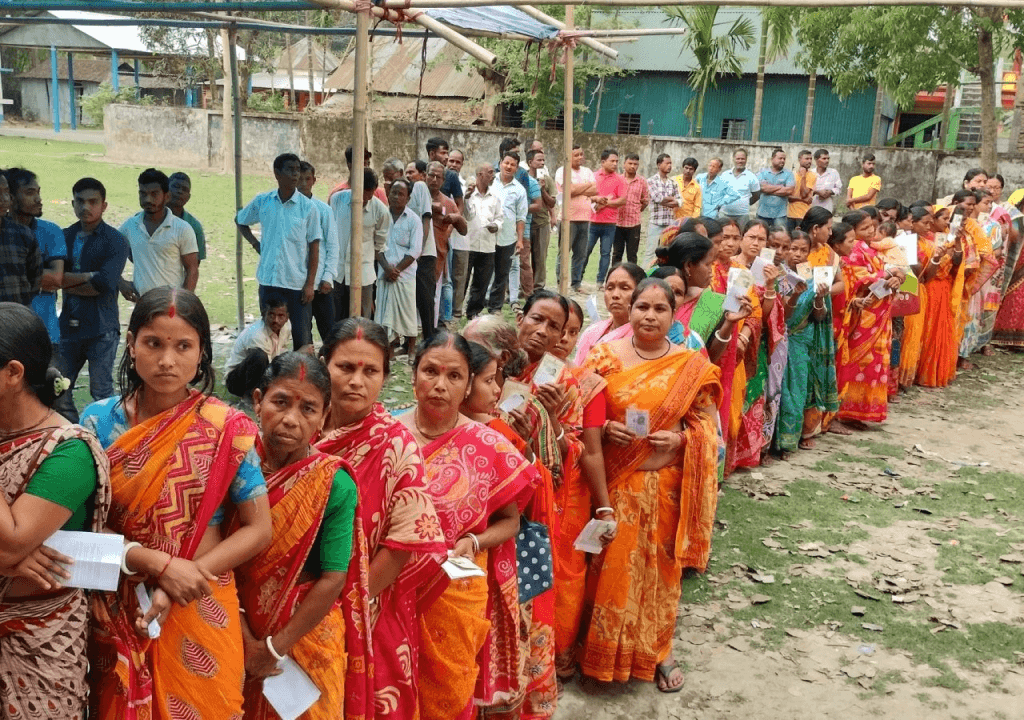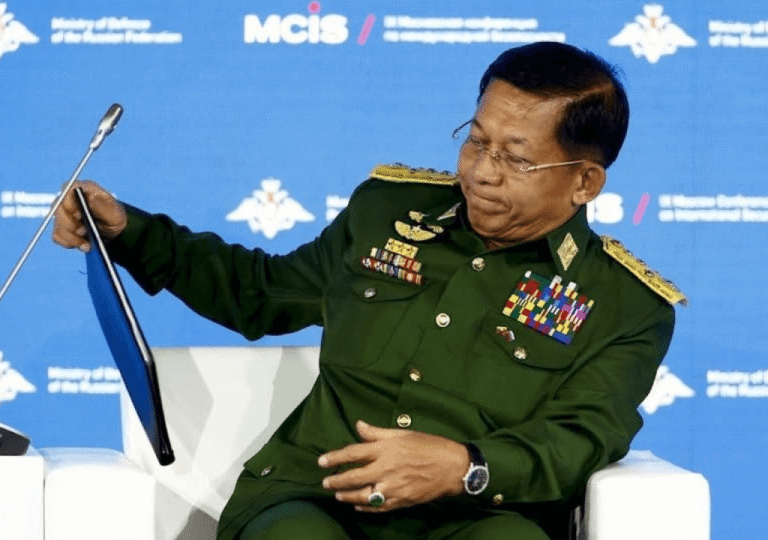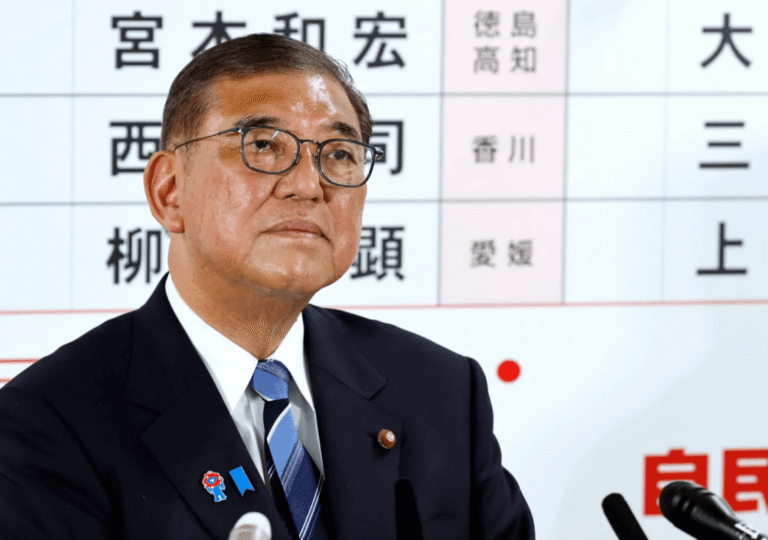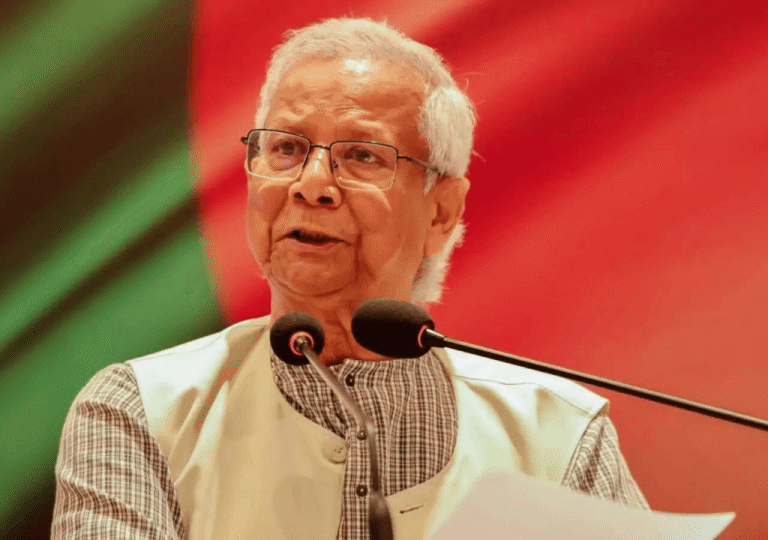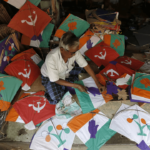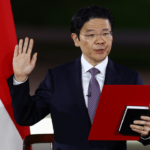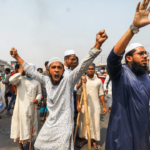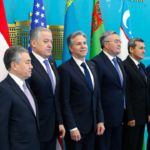It’s a massive effort being carried out by the Indian government and the Election Commission to conduct the mammoth general election. The voting schedule spans seven phases over a two-month period, involving almost 970 million voters. A significant amount of money is being spent on campaigns to bring almost every voter to the polling booths. Democracy is only complete with the participation of people. Although efforts have been made by the Election Commission and political parties, the first three phases of polls have concluded with a lukewarm response. In the first two phases, there was a dip in percentage turnout, and in the third phase, although comparatively better, it remained low. Why are Indian voters reluctant to cast their votes? Which party will benefit from the low turnout?
After extensive campaigning by both the Election Commission and political parties for the general election, the first phase of polling was conducted on April 19th, but it marked a decrease in the recorded vote percentage. As many as 102 seats went to the polls in the first phase, with a final turnout of 66.14 per cent, a decrease under 4 percent from 70 per cent in 2019. This phenomenon sparked curiosity in the electoral arena as younger voters, increasingly active on social media discussing politics, are observed to be less engaged in actually casting their votes. All political parties were disappointed as they did not receive the expected turnout. The first phase included Tamil Nadu, a southern state where Modi heavily concentrated, but the voting percentage decreased. There was zero voter turnout in 6 districts in Nagaland amid a shutdown call by some organizations, and the BJP’s stronghold recorded a lower turnout than in 2019. The trend continued in the second phase as well. In the second phase, for 88 seats, the election was conducted on April 26, registering a dip of about 3 percentage points in the voter turnout from 69.64 per cent in 2019. Interestingly, states like Kerala, which usually have a high percentage of voting, also recorded a lower turnout.
Despite some single-digit percentage decreases, considering India’s mammoth population, there will be thousands of people withdrawing from the voting process, which is a significant blow to Indian democracy. This goes against the trend of increasing voter turnout in the last election when youths were increasingly ready to participate. However, the recent dip shows that youths are not actively participating, posing a threat to democracy. Fortunately, in the third phase of polling, after calls from the Prime Minister and the Election Commission to encourage participation in the election, on May 7th, a turnout of 64.45% was recorded, which is closer to the turnout in 2019. Thanks to Karnataka, Chhattisgarh, and Tripura, but the most populous state with a higher number of constituencies, Uttar Pradesh, continued the trend of decreasing percentage, with only 52.24% voter turnout. This means almost half of the population did not take part in the election, raising concerns for the Election Commission.
While the Election Commission attributes the lower voter percentage to the harsh summer, with temperatures rising over 40°C and heat waves making people reluctant to vote, there are also political causes behind this decline. As experiencing a dip in voter percentage from 2019, which had propelled Modi and the BJP to power, it surely will affect Modi’s third term wish. A lower turnout indicates that there is no wave for Modi and Hindu vote consolidation. Opposition leaders also point out that the lower voting percentage, with all their votes are ensured, and the high interest among Muslim voters in the election will give the opposition party an edge. Experts believe that people’s reluctance to vote in connection with many believe election results will not bring any change, Modi will surely win his third term, that opinion polls and news channels predict, oppositions have nothing to do with it. They have become disinterested in the election, expecting a sure win for the BJP. Some are also discontent with Modi’s campaign that says they will surely win more than 400 seats, that brings an idea to people that the election result is already decided. Though It is clear that the ruling party will suffer more with a lower percentage, opposition parties also fear that besides party votes neutral votes will not be casted, so, they all are working to fix the issues in the upcoming phases.
Three out of the seven phases of the Indian general election have been completed, leaving four more phases before the scheduled vote counting on June 4th. However, with several phases still ahead, out of the 543 seats, the election process for over half, 283 seats, has concluded. The remaining places include important states like Uttar Pradesh, Bihar, West Bengal, and Punjab. Political parties are addressing the lower turnout, and they are increasing their efforts to bring more people to the polling stations in the upcoming phases. National leaders, including the Prime Minister, are urging citizens to cast their votes, while the Election Commission is also working to enhance facilities and attract more voters. However, as every vote counts in democracy, people’s reluctance to participate is not a good sign.

